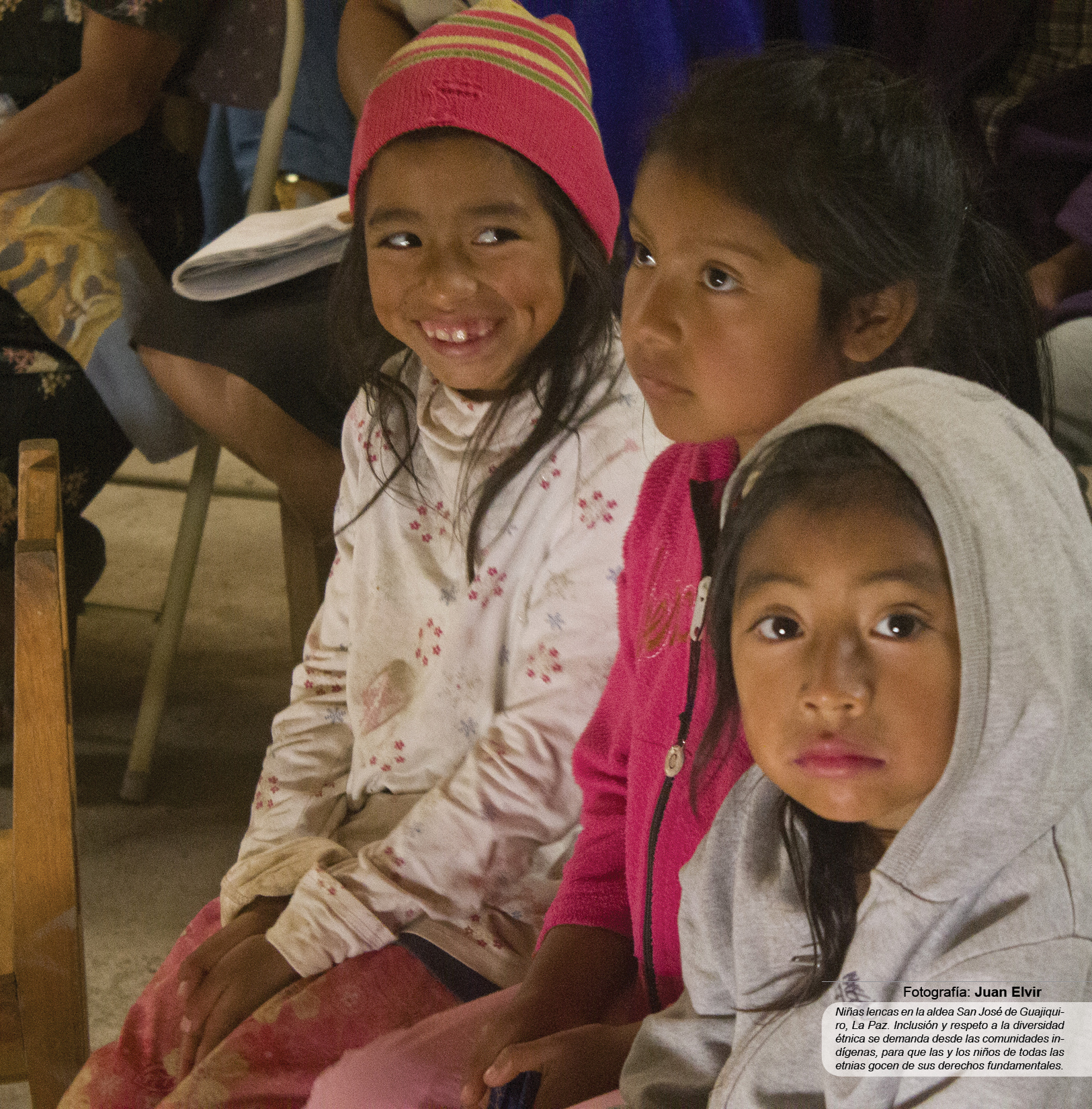Artisanal fishery in the Reserva del Hombre Biosfera del Río Plátano, Honduras.
DOI:
https://doi.org/10.5377/rus.v0i0.10356Keywords:
artisanal fishing, lagoon fishing, fishing resource, biological samplingAbstract
The Reserva del Hombre Biosfera del Río Plátano (RHBRP), is the largest and most important protected area in Honduras, declared a World Heritage Site by the United Nations Organization for Education, Science and Culture (UNESCO) in 1982. At the request of the German Cooperation through the Program of adaptation to climate change in the forest sector (CLIFOR), and the National Institute of Forest Conservation and Development, Protected Areas and Wildlife (ICF), a study on artisanal fi shing within the Reserva del Hombre and Biosfera del Río Plátano (RHBRP), specifi cally the Laguna de Ibans, the Río Plátano, and the Barra de Brus Laguna, took place from October 2017 to October 2018. This study was accomplished by three students from the Biology School at UNAH as part of their supervised professional practice. To evaluate the fi shery resources, biological sampling was carried out applying the “Marine and Lagunar Fishing Monitoring Protocol” (López et al, 2018), based on the traditional analytical model proposed by Sparre and Venema (1997). Social and ecological aspects were also considered. At the end of the study, 25 families, 39 genera and 53 species targeted by fi shing were identifi ed in the three areas mentioned above. The highest catch of Centropomus undecimalis is registered at the bar of Brus Laguna, for Centropomus pectinatus it takes place at the Laguna de Ibans and for Pomadasys croco is at the river. The fi shing of the blue crab (Callinectes sapidus), stands out as a bycatch in Brus Laguna and Laguna de Ibans. The fi shing activity in this protected area is of utmost importance as it provides a permanent source of food, nutrition and represents an opportunity for economic income.
799

